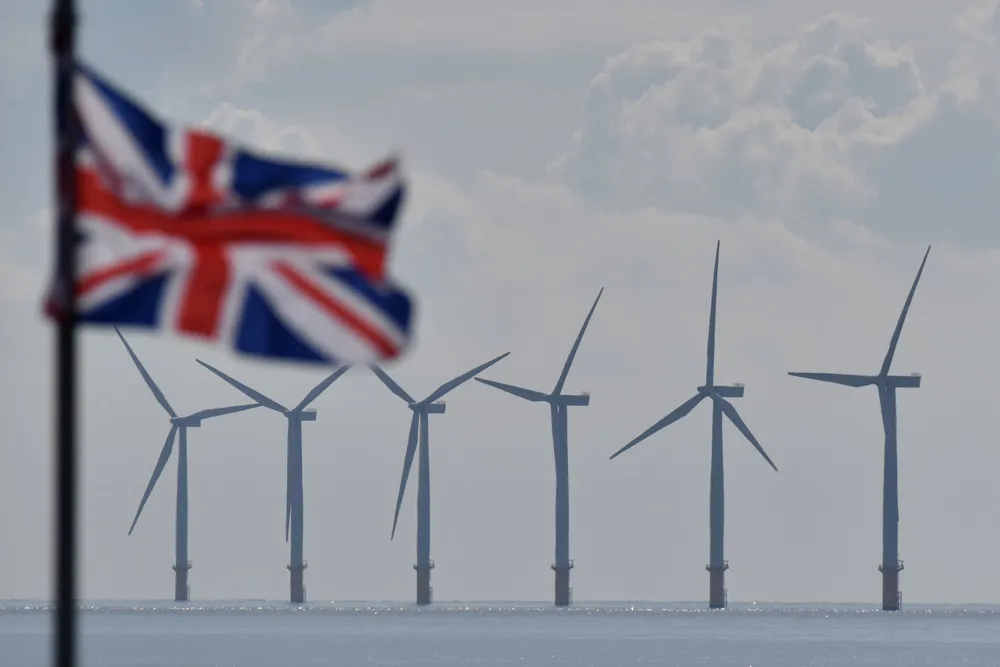The UK has a wind problem that should make investors wary: banking giant
Citigroup analysts flag falling winds and output after developers cite impact on production

Falling UK wind speeds and turbine output should make investors wary of the impact on the financial performance of renewable power players such as Orsted and SSE, said a team of equity analysts.
Utilities analysts at Citigroup said research they carried out following recent warnings from developers over power production levels suggests “load factor for both onshore and offshore wind falling behind capacity growth” in Britain’s turbine fleet.
“This has become more pronounced in recent years, negatively affecting reported results and leading to managements lowering guidance,” the analyst team said.
The onshore wind load factor decline has been “consistent over the last decade” with offshore showing a similar trend over the last five years.
The Citigroup analysts in a note to clients flagged several factors that could be in play:
- Analysis of 170 wind stations shows “UK wind speeds have been on a declining trend over the last decade, especially in Scotland. This trend is less clear since the beginning of the millennium with wind speed broadly flat.” Climate change could be one factor, the note suggests.
- Ageing wind infrastructure: The Citigroup team reckons this is not a visible factor in UK offshore but looks to play some part in the country’s – much older – onshore wind fleet.
- Wake and blockage effects: The analysts note the increasing focus on wind wakes – extensively reported by Recharge – in UK waters and the ballooning number of disputes between developers over feared impacts on project output.
- An “ever more inefficient” UK power system: “We see visible signs of curtailments and diminishing reported load factors. While this does not impact company profitability, given constraint payments, it does add to the overall system cost and debate around consumer affordability.”
The overall picture in UK wind should make investors “consider the impact of the above on renewable output, its implication on project IRR [internal rate of return] and, as a result, its impact on overall company value creation”.
The UK is currently courting investors around the world to back its goal of having 43-50GW of offshore wind in place by 2030, up from about 16GW now, and is attempting to revive its onshore sector after a long installation ban by the previous government.
Complex picture and role of better turbines
However, wind industry sources warned against drawing broad conclusions.
WindEurope, the main lobbying group for the European sector, declined to comment specifically on the UK or Citigroup’s claims but said in general “wind speeds – and wind power generation – naturally fluctuate over months, seasons, and years due to meteorological and atmospheric cycles.
“All long-term yield assessment studies for new wind farms today are based on at least 20 years of wind and atmospheric data, with an emerging tendency to use 30-year datasets. It is misleading to draw structural conclusions from a single quarter or even a single year.”
WindEurope added: “Climate change does not overall reduce wind speeds.”
The industry group pointed to steady advances in technology such as blades and larger generators that allow machines to capture more wind at lower speeds. “The capacity factors of both onshore and offshore wind turbines are steadily increasing – indicating that wind turbines are getting more efficient,” said the spokesperson.
(Copyright)